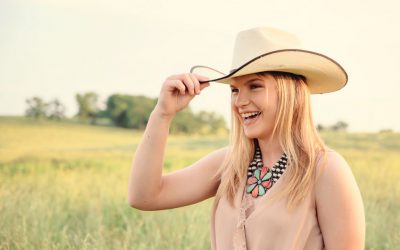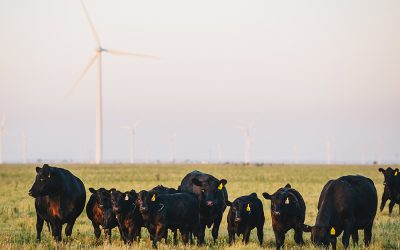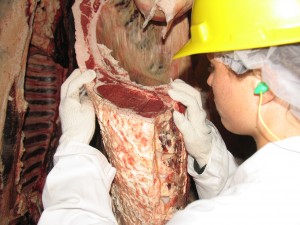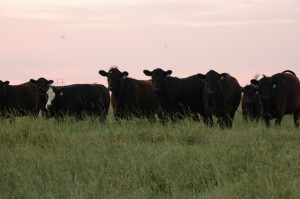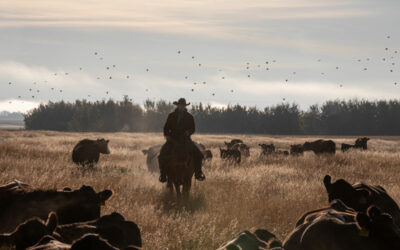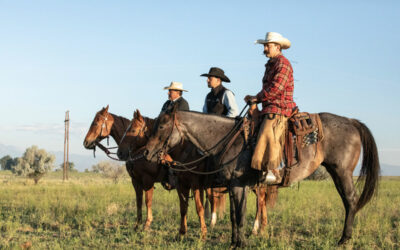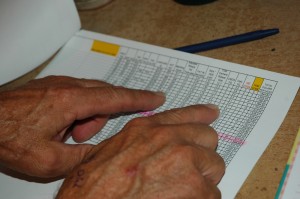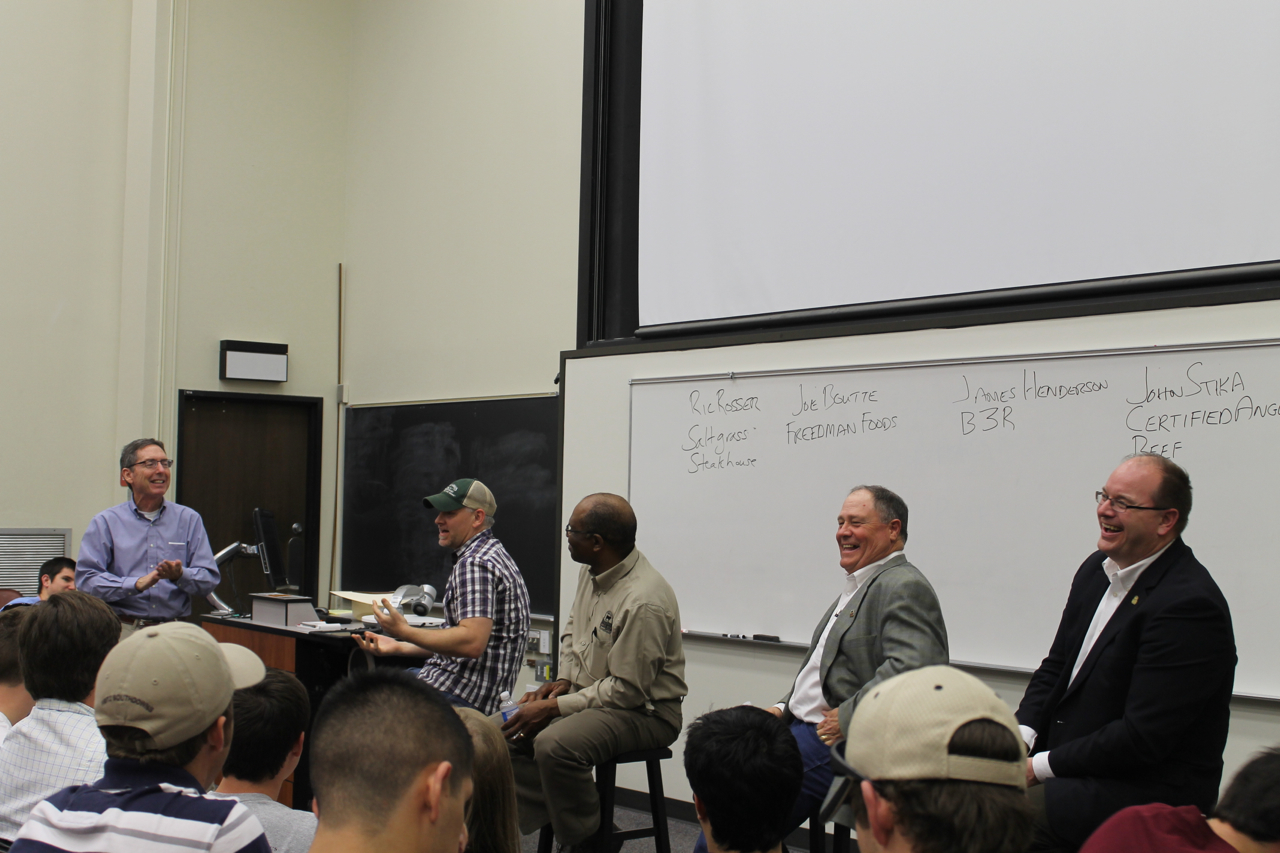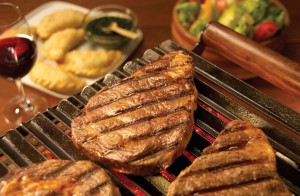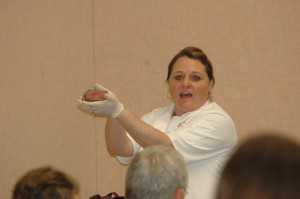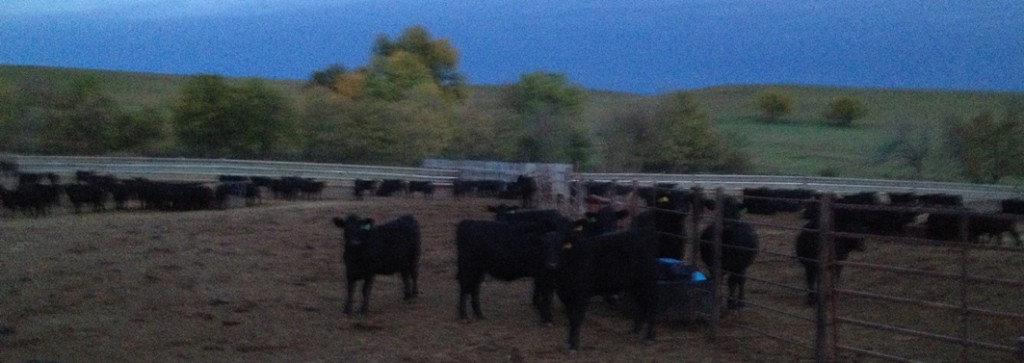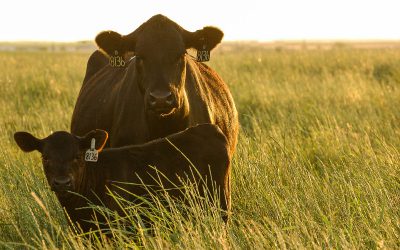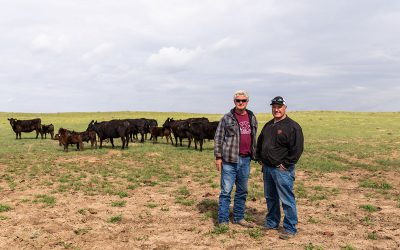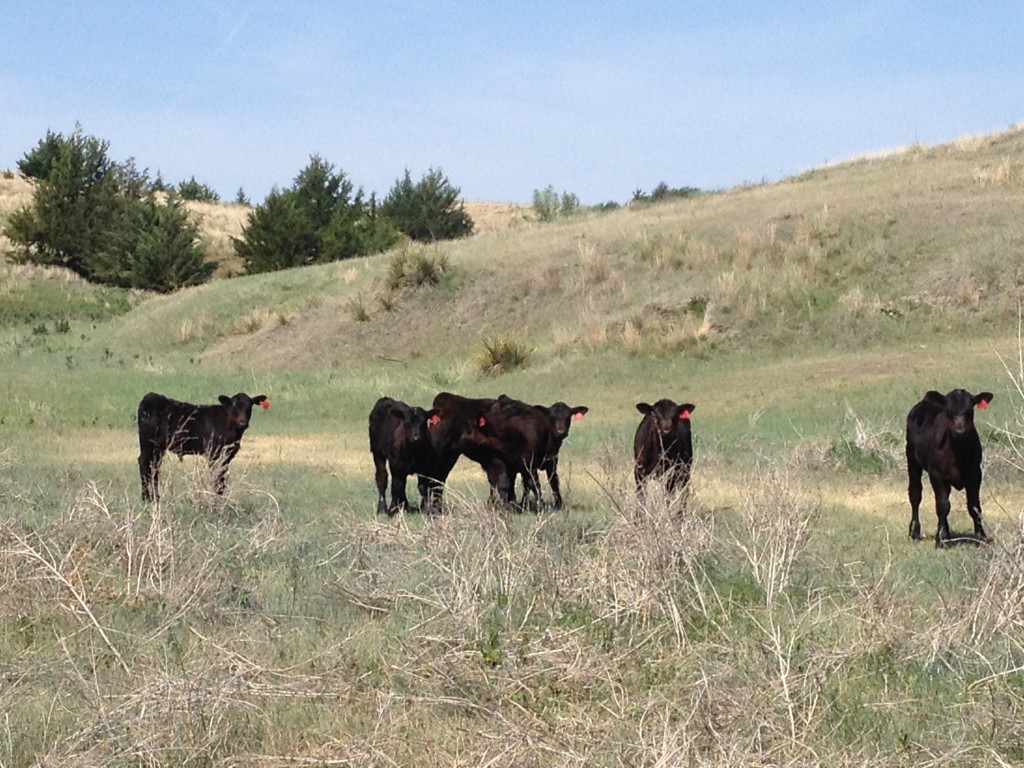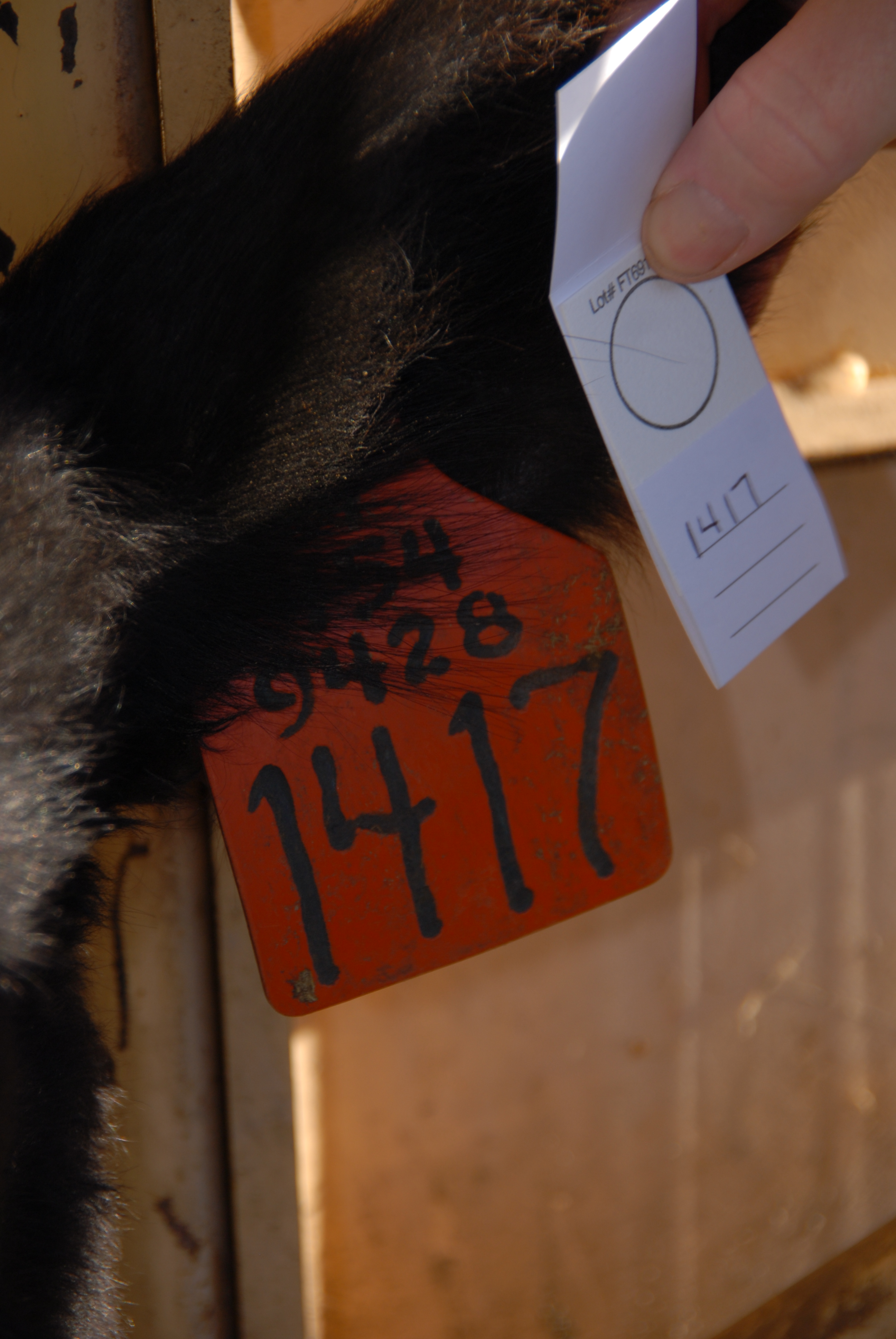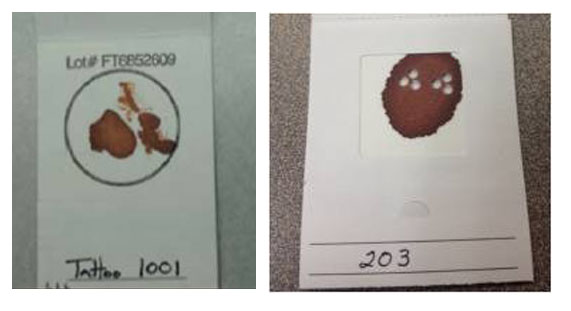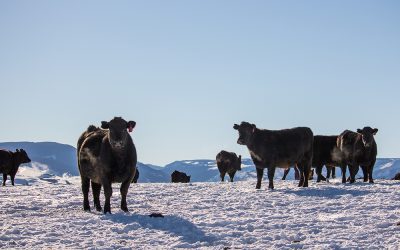
LIVE CHAT WRAP-UP: DNA AND GENOMICS
 On Tuesday, we hosted a live chat on our Facebook page featuring our very own vice president, Dr. Larry Corah. We invited users to eat lunch at their computers or near their mobile devices and discuss genomics and DNA testing with us. Since not everyone could join in, though, we wanted to share a couple of questions that we hear an awful lot from producers who want to test the water with DNA.
On Tuesday, we hosted a live chat on our Facebook page featuring our very own vice president, Dr. Larry Corah. We invited users to eat lunch at their computers or near their mobile devices and discuss genomics and DNA testing with us. Since not everyone could join in, though, we wanted to share a couple of questions that we hear an awful lot from producers who want to test the water with DNA.
QUESTION: How accurate is DNA technology today?
ANSWER: DNA technology in certain areas has made tremendous progress and in other areas we’re on the tip of where we’ll be in 5 to 10 years. For certain traits like marbling, DNA markers have been identified that can very accurately portray the carcass quality potential of animals.
It’s important to keep in mind that the heritability of various traits ranges
from highly heritable — like growth and carcass traits — to lowly heritable,
like reproductive traits. Depending on the number of markers that have been
identified and are utilized in a DNA test, from 20% to 30% of the genetic variation can be identified by the markers and for some traits even higher.
QUESTION: A lot of producers I talk to are curious but a little intimidated by the subject of DNA testing and genomics. Where would you suggest these cattlemen turn to learn the basics of how this technology can be used on their operations?
ANSWER: There is no question that DNA technology is a fairly complicated subject but as you start pursuing the volumes of information available, it becomes considerably easier to understand. There are some excellent references to consider as starting points. You might go to our website and check out our Q&A section related to our reduced-platform DNA technology, GeneMax. You’ll probably find that helpful.
[Note: The American Angus Association also has some helpful resources:
Already knew the answers to those questions, but have others? Post them below. We’d be happy to continue this discussion!
Be sure to join us for our next chat, scheduled for this fall!
You may also like
Tame your selection criteria
Is docility economically important? We’d say so. Cattle graded Choice or higher was 63.5% for calm temperaments, compared to 55.5% for their excitable pen mates. The calm advantage was $56 per head.
Champions on the hoof and under the hide
Alexis “Lexi” Koelling has been pulling a heifer around since she was three. Now 15, she’s no stranger to the winner’s circle, but you wouldn’t know by talking to her. You’d have to prod her a bit to find out she won Grand Champion in both the carcass steer and bred-and-owned carcass steer at the National Junior Angus Show this summer. It’s her 5th year in that competition, her second bred-and-owned.
Sustaining common ground
Steve knows that while consumers’ intentions are good, they aren’t always backed with the most accurate information. He explains points of sustainability on his ranch.


